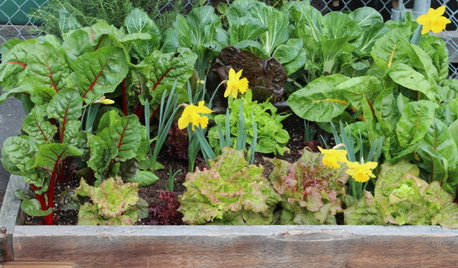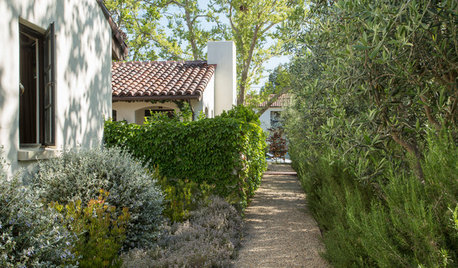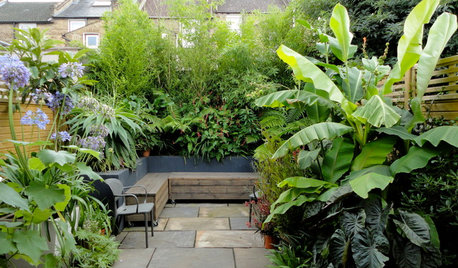Is it possible to have a luscious lawn with partial sunlight?
Wendy Schmitz
12 years ago
Related Stories

FRONT YARD IDEASBefore and After: Front Lawn to Prairie Garden
How they did it: Homeowners create a plan, stick to it and keep the neighbors (and wildlife) in mind
Full Story
SAVING WATERXeriscape Gardens: How to Get a Beautiful Landscape With Less Water
Conserve water and make gardening much easier with the xeriscape approach’s 7 principles
Full Story
FARM YOUR YARD6 Things to Know Before You Start Growing Your Own Food
It takes time and practice, but growing edibles in the suburbs or city is possible with smart prep and patience
Full Story
FARM YOUR YARDGrow a Kitchen Garden in 16 Square Feet
Got a sunny 4-by-4 space? You can make meals more interesting with your own vegetables and herbs
Full Story
EVENTSTour 5 Gorgeous California Gardens
Get a sneak preview of Palo Alto gardens in the 2015 Gamble Garden Spring Tour, happening Friday and Saturday
Full Story
PATIOSHouzz Call: Show Us Your Pocket Patio
How small can you go? We want to see your compact garden designs
Full Story
LIFETrue Confessions of a House Stalker
Letting go when a new owner dares to change a beloved house's look can be downright difficult. Has this ever happened to you?
Full Story
MOST POPULARHow to Add a Backyard Shed for Storage or Living
Need a home office, a playspace or extra room for your stuff? Learn about off-the-shelf, prefab and custom sheds
Full Story
KITCHEN DESIGNHow to Keep Your White Kitchen White
Sure, white kitchens are beautiful — when they’re sparkling clean. Here’s how to keep them that way
Full Story
FARM YOUR YARDHow to Grow Vegetables in Containers
Get glorious vegetables and fruits on your patio with a pro’s guidance — including his personal recipe for potting mix
Full StoryMore Discussions







Billl
Wendy SchmitzOriginal Author
Related Professionals
Norfolk Landscape Architects & Landscape Designers · Fort Lee Landscape Architects & Landscape Designers · Amesbury Landscape Contractors · Arlington Landscape Contractors · Byram Landscape Contractors · Conroe Landscape Contractors · Fort Mill Landscape Contractors · Mount Kisco Landscape Contractors · Mount Sinai Landscape Contractors · Nanuet Landscape Contractors · Oak Forest Landscape Contractors · Palm Beach Gardens Landscape Contractors · Post Falls Landscape Contractors · Hawaiian Gardens Landscape Contractors · Stafford Swimming Pool BuildersBilll
brettn_10
dchall_san_antonio
texas_weed
dchall_san_antonio
Wendy SchmitzOriginal Author
Billl
john_in_sc
garycinchicago
dchall_san_antonio
tiemco
garycinchicago
Wendy SchmitzOriginal Author
Billl
dchall_san_antonio
Billl
dchall_san_antonio
reyesuela